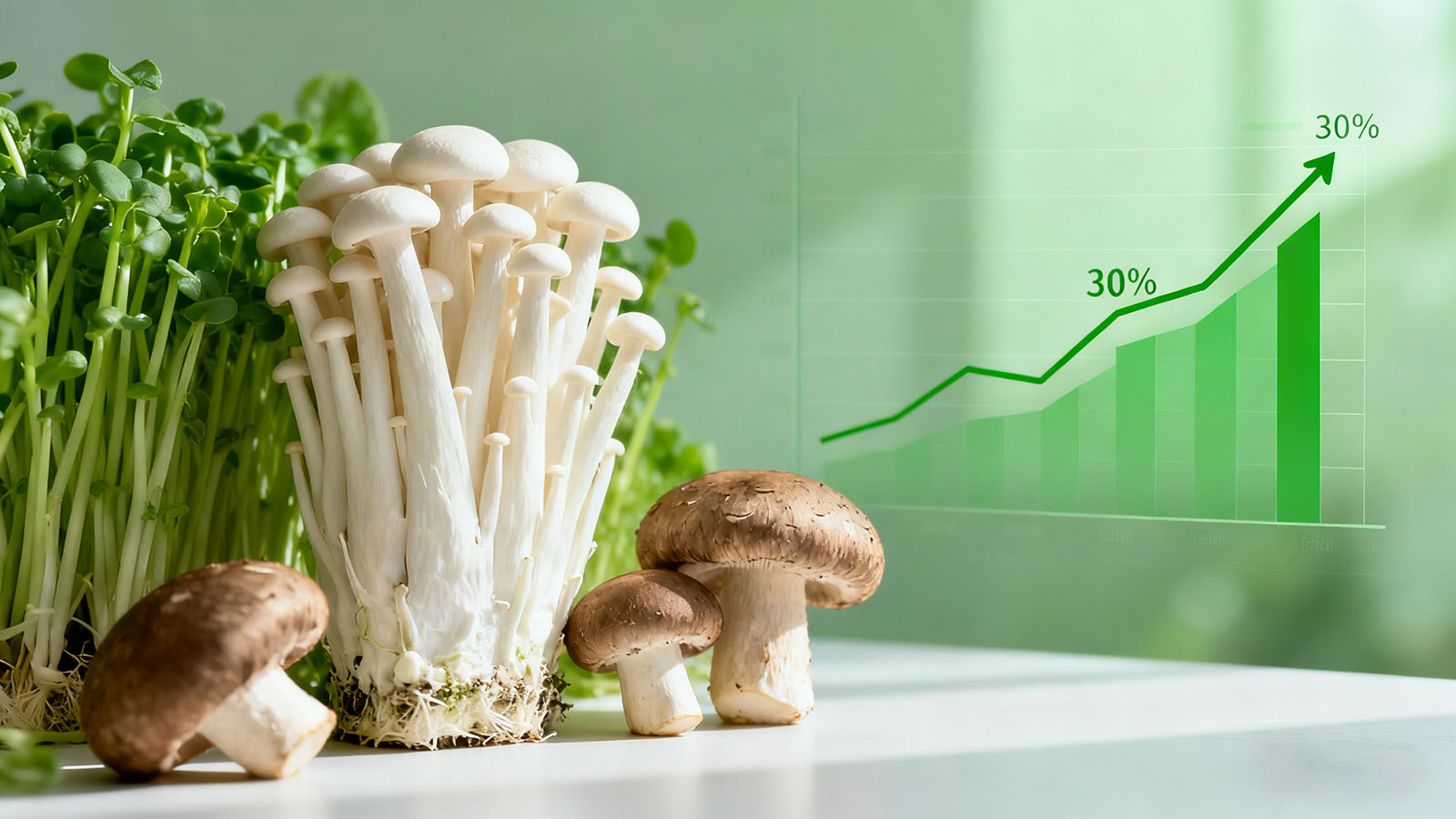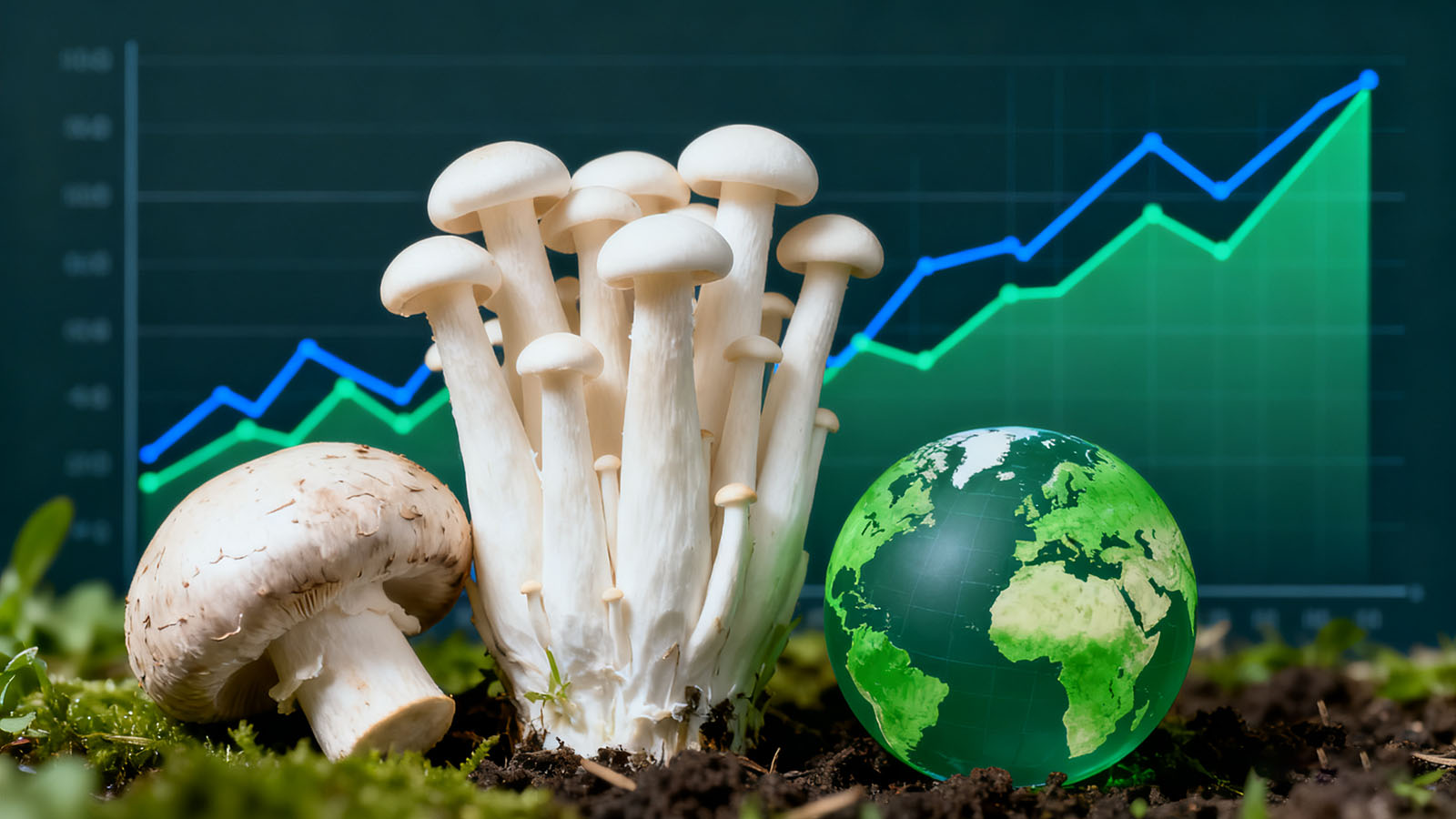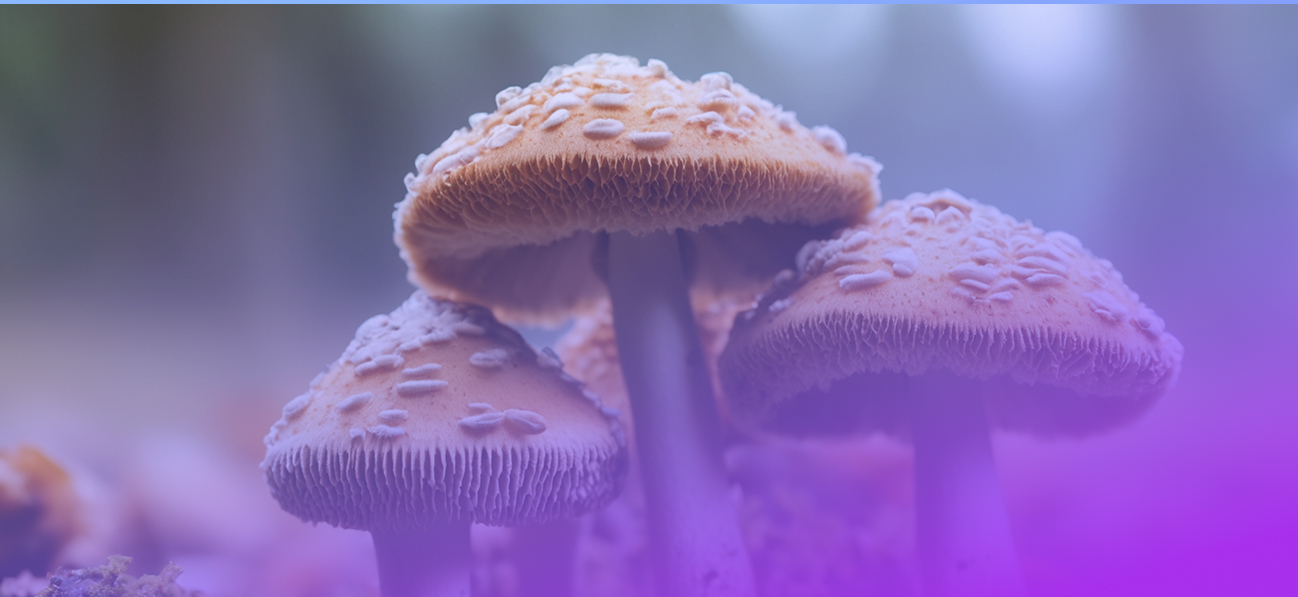
Mushrooms have long held a special place in human culture, not only as a culinary staple but also as symbols of mystery, spirituality, and creativity. From ancient traditions to contemporary art, the role of mushrooms has evolved, reflecting the changing values and perspectives of society. This article explores the cultural significance of mushrooms, highlighting their place in traditional cuisines, folklore, and their growing influence in modern artistic expressions.
Mushrooms in Traditional Cuisine
Ancient Culinary Practices:
Mushrooms have been a part of human diets for millennia, with evidence of their use in ancient civilizations. In China, for instance, mushrooms like shiitake and reishi were revered for their medicinal properties, and their inclusion in traditional dishes was often linked to promoting longevity and vitality. In European culinary traditions, mushrooms such as chanterelles and porcini have been incorporated into hearty stews, soups, and sauces for centuries. Their earthy flavors and diverse textures made them a versatile ingredient in both rustic and refined dishes.
Symbolism of Nourishment and Healing:
In many cultures, mushrooms were not just viewed as food but as powerful symbols of nourishment, healing, and renewal. In Japanese cuisine, for example, mushrooms are seen as embodying the spirit of "umami", the fifth taste, which brings depth and balance to dishes. Medicinal mushrooms like maitake and lion’s mane have been used for centuries in both Chinese and Japanese herbal medicine, believed to strengthen the immune system and promote health. This spiritual and therapeutic association with mushrooms has contributed to their cultural significance, making them more than just an edible plant but a symbol of well-being and vitality.
Cultural Festivals and Traditions:
Mushrooms also hold a special place in various cultural festivals and traditions. For instance, in parts of Europe, particularly in countries like Italy and France, the mushroom harvest is a celebrated event, often marked by festivals dedicated to wild mushrooms. These festivals not only celebrate the flavors and diversity of mushrooms but also highlight their importance in local agriculture and gastronomy. In many cultures, the act of foraging for mushrooms is passed down through generations, further embedding mushrooms into the cultural fabric of communities.
Mushrooms in Folklore and Mythology
The Mystical and the Sacred:
Mushrooms have long been associated with the mystical and the supernatural. Many cultures have mythologies that link mushrooms with spiritual journeys or connections to otherworldly realms. The most famous of these is the use of psychoactive mushrooms, such as those found in the Amanita genus, in shamanistic practices across Siberia, the Americas, and parts of Europe. In these traditions, mushrooms were believed to facilitate communication with spirits or to induce visionary experiences, often serving as a tool for healing and divination.
Fungus and Fairytales:
In Western folklore, mushrooms often appear as symbols of magic, transformation, and the unknown. In fairytales, mushrooms are sometimes portrayed as enchanted objects that hold the key to hidden realms or magical powers. For example, the famous story of "Alice's Adventures in Wonderland" by Lewis Carroll features a mushroom that causes Alice to grow or shrink, a clear metaphor for the mushroom’s mysterious and transformative nature. Such representations contribute to the continued allure of mushrooms as symbols of change and possibility.
Mushrooms and Nature’s Cycle:
Mushrooms are also seen as symbols of the cyclical nature of life, death, and rebirth. In many cultures, the appearance of mushrooms after rain is viewed as a sign of renewal, with the mushroom representing the quick and spontaneous growth of life. In this context, mushrooms embody the earth’s ability to regenerate and transform, reinforcing their symbolic connection to the cycles of nature.
Mushrooms in Modern Art and Pop Culture
Mushrooms as Artistic Inspiration:
In the modern era, mushrooms have continued to inspire artists, particularly in the realms of visual arts and graphic design. Their unique shapes, colors, and textures make them a popular subject in paintings, sculptures, and illustrations. Contemporary artists often use mushrooms to explore themes of nature, transformation, and surrealism. The intricate patterns and vibrant hues of certain mushroom species, like the red-capped Amanita muscaria, have made them a favorite motif in psychedelic art, where they symbolize the expansion of consciousness or a journey into the unknown.
Mushrooms in Fashion and Design:
Mushrooms have also made their way into the world of fashion and design. The organic, fluid shapes of mushrooms have inspired various collections, from avant-garde fashion to home decor. Designers have embraced the mushroom’s unconventional aesthetic, incorporating it into clothing patterns, accessories, and even furniture. The trend reflects a growing appreciation for natural forms and an emphasis on sustainability, with mushroom-based materials such as mycelium being explored for use in fashion and product design.
Mushrooms in Popular Media:
Mushrooms have become an enduring symbol in popular culture, appearing in video games, films, and literature. One of the most iconic representations of mushrooms in pop culture is the Super Mario franchise, where mushrooms serve as power-ups for the character Mario. This portrayal taps into the idea of mushrooms as magical, transformative entities that grant special abilities or alter reality. Additionally, the increasing interest in mushrooms as food, wellness products, and psychoactive substances has led to their growing presence in documentaries, TV shows, and social media, where they are celebrated for both their culinary and cultural significance.
Mushrooms and Sustainability in Art
Eco-Art and Mycelium:
As sustainability becomes an ever-more important theme in modern art, mushrooms have found their place as both inspiration and medium. Mycelium, the root-like structure of fungi, has been explored by eco-artists as a sustainable material for creating sculptures, installations, and even biodegradable packaging. Mycelium’s ability to grow quickly, decompose, and transform makes it a perfect material for environmentally conscious artists seeking to make a statement about the intersection of art and sustainability.
Raising Awareness of Environmental Issues:
Art that incorporates mushrooms can also raise awareness about environmental issues, such as deforestation and climate change. Some artists use mushrooms to symbolize the resilience of nature and the interconnectedness of ecosystems, offering a powerful message about the need for ecological balance. These works remind audiences of the essential role fungi play in nature’s cycle, further solidifying mushrooms’ place in the broader cultural conversation about sustainability.
Conclusion
The cultural significance of mushrooms stretches across history, myth, cuisine, and art. From their use in traditional dishes that nourish the body and soul to their symbolic roles in folklore and mythology, mushrooms have always been intertwined with human culture. In the modern world, they continue to inspire artists, designers, and chefs, while also serving as powerful symbols of sustainability, transformation, and connection to nature. As society’s interest in wellness and the environment grows, mushrooms are likely to maintain their position as both a cultural and artistic icon, bridging the gap between tradition and innovation.
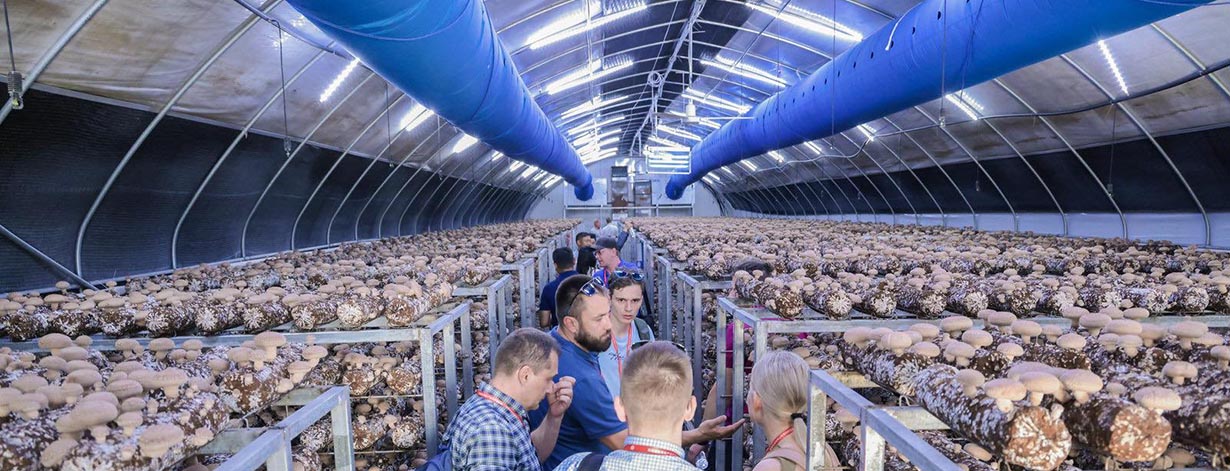

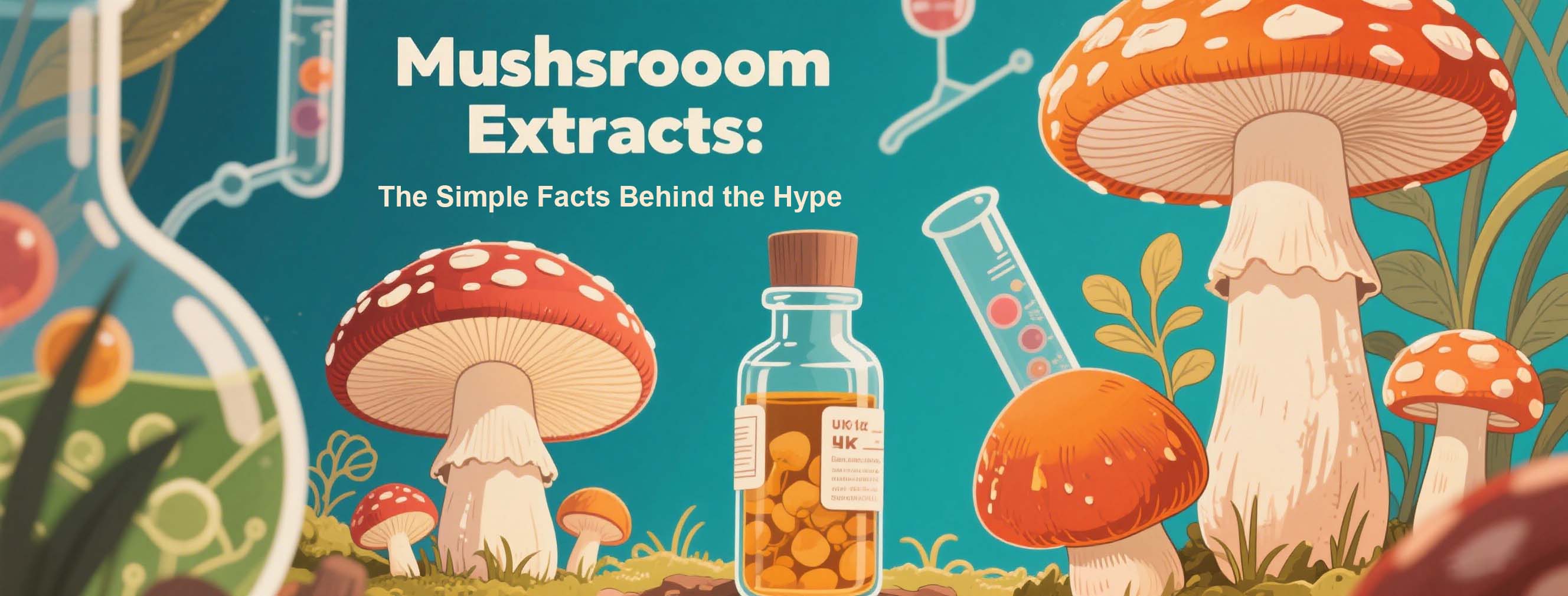

创新博览会LOGO-white.png)


Copyright © China Chamber of Commerce of Food, Native Produce and Animal Products Edible Fungi and Products Branch
京公网安备11010102004652号 京ICP备05021290号-29 | Technical Support: Starify Privacy Policy Sitemap Contact Us
创新博览会LOGO.png)
